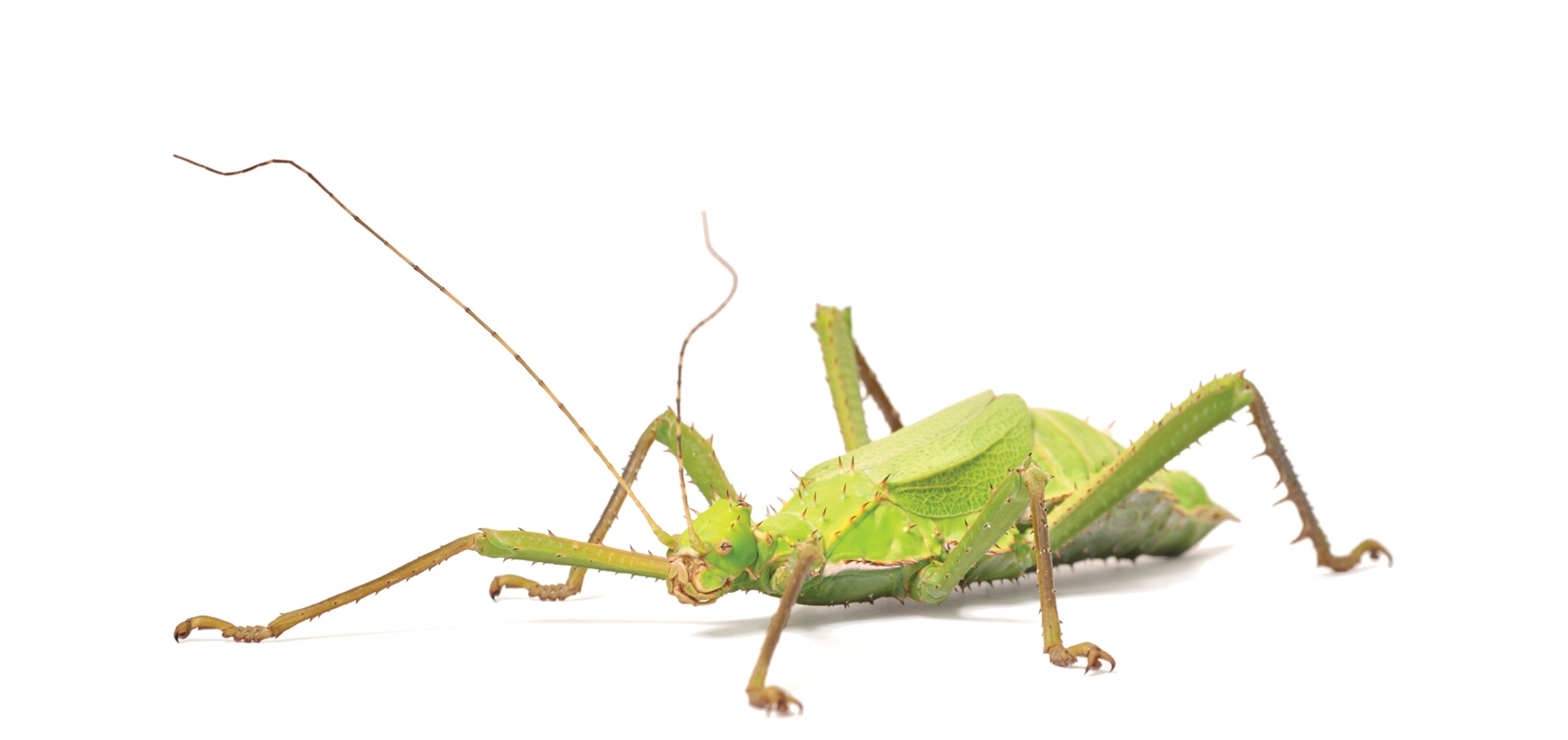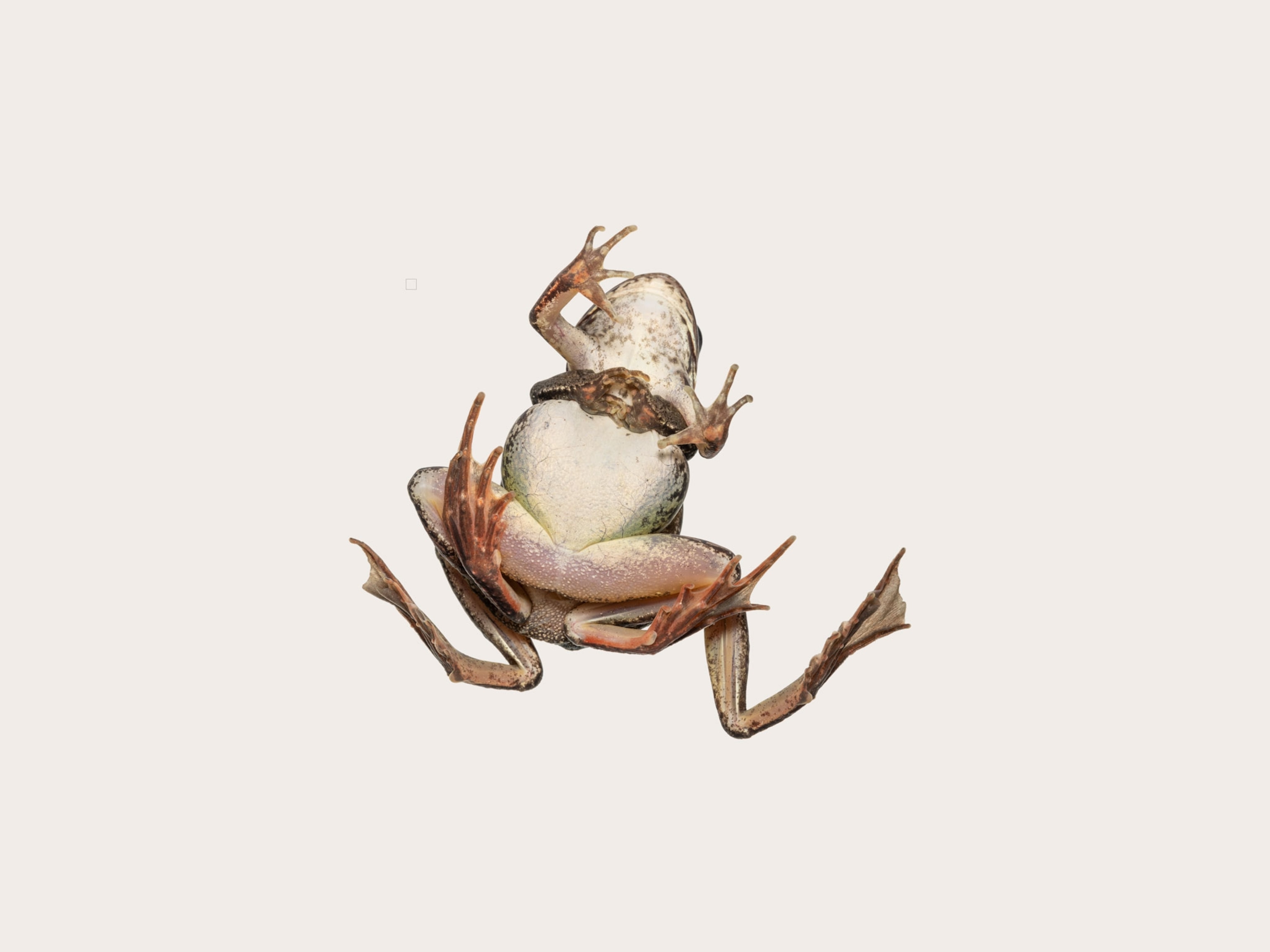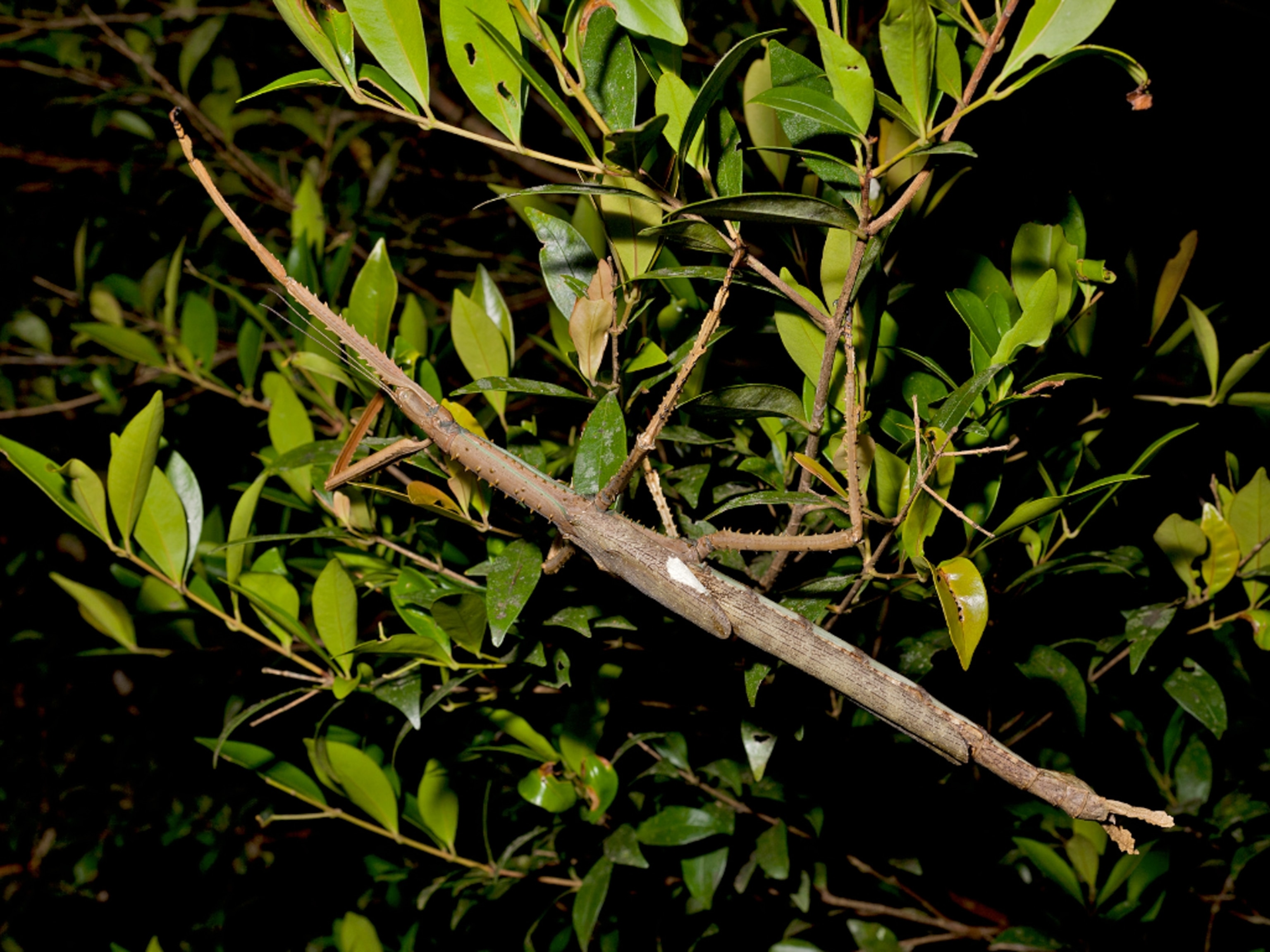These insects are masters of disguise—even before hatching
At every stage in their lives, from egg to adult, leaf and stick insects prove to be prey that can trick their predators.

These herbivores look like leaves, twigs, and bark—giving new meaning to the phrase “You are what you eat.” Phasmids, commonly known as stick or leaf insects, often fade into the flora to become virtually invisible. It’s an effective survival strategy: Their predators want to snack on an insect, so they ignore what appears to be a plant.
(Can you spot these hidden animals?)
Like the vegetation they mimic, most phasmids don’t move much, says entomologist Thies Büscher. They find a niche without competition for resources, and over time they’ve evolved to suit their surroundings. Look to similar environments in different parts of the world and you may find species that have survived in the same way: leaf insects that became more brown in arid habitats or green in tropical rainforests.

Camouflage can be part of every stage of a phasmid’s life. The giant prickly stick insect (Extatosoma tiaratum) imitates crumpled foliage as an adult, its nymphs look like ants and then bark, and its eggs look like seeds. The eggs are taken in by spider ants, which eat only the nutrient-rich, knoblike capitulum. When the phasmids hatch, they look similar to their ant guardians, which wards off predators. Then they climb trees, soon becoming indiscernible from the bark. At the treetops, they blend in with the leaves. It’s a life cycle that tells the story of their ecosystem.
(The rebellion of the ant slaves)

Most phasmid eggs, like the giant prickly stick insect’s, resemble seeds, sometimes those of local plants. For example, the eggs of a leaf insect in Indonesia, Phyllium letiranti, echo the seeds of the tropical ivy gourd plant. Other attributes also increase eggs’ likelihood of survival, Büscher says. Their hardened shells can regulate humidity and radiation, and shiny black spots may play a role in thermoregulation.
(Trees Trap Ants Into Sweet Servitude)
Some eggs, such as that of Orestes draegeri, have tiny hairs that function like Velcro, fixing them in place. One successful stick insect (Ramulus mikado) can be found all over the islands of Japan. Though scientists initially thought birds consumed and spread its eggs, experiments showed that the secret was likely in a bittersweet sacrifice: Mothers eaten whole by birds usually contain some eggs that survive.






